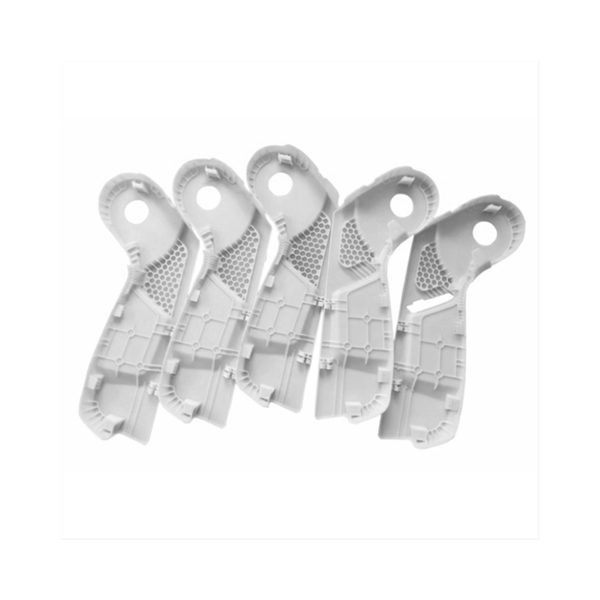GD Prototyping

3d printing rapid prototyping service
-
Technologies: SLA, SLS, DMLS, FDM
-
Layer Resolution: 25 – 200 microns (depending on process)
-
Tolerance: ±0.1 mm to ±0.3 mm
-
Materials Supported: Plastics, resins, composites, metals
-
Build Volume: Up to 1000 mm (material-dependent)
-
Finishing Options: Sanding, painting, polishing, plating, anodizing
- Description
- Specification
- Application
- FAQS
Rapid prototyping uses digital technologies to design and create prototypes more quickly and efficiently. This process allows designers and engineers to turn digital models into physical parts rapidly, cutting down development time compared to traditional manufacturing methods. By leveraging computer-aided design (CAD) software alongside automated fabrication tools, rapid prototyping simplifies the process of testing ideas, verifying functions, and improving product designs early on.
A core technology in rapid prototyping is 3D printing, which enables fast and flexible production of prototypes. Unlike conventional methods that require expensive tooling or molds, 3D printing produces parts directly from digital files. This eliminates the need for time-consuming setups such as mold making or machining tool preparation. As a result, 3D printing reduces lead times and supports multiple rounds of design iterations with ease.
The 3d printing rapid prototyping service offers the ability to create complex shapes and detailed geometries that might be difficult or costly to achieve with other manufacturing processes. It also supports a high degree of customization, allowing you to tailor parts to specific requirements without extra cost or delay. This makes it well-suited for low-volume production runs, early-stage product testing, and validating concepts before moving to full-scale manufacturing.
Many industries rely on 3d printing rapid prototyping service for developing new products. The speed and flexibility of this approach help bring ideas to life faster and more cost-effectively. With fewer restrictions on design and production, you can explore innovative concepts and refine your products based on real-world testing and feedback.
Combining CAD design and 3D printing technology in rapid prototyping streamlines product development. It reduces time, cost, and complexity, enabling smoother transitions from concept to functional prototype across diverse applications.
| Parameter | Value / Description |
|---|---|
| Printing Technology | FDM, SLA, SLS, DLP, PolyJet |
| Accuracy/Tolerance | ±0.05 mm to ±0.3 mm |
| File Formats Supported | STL, OBJ, AMF |
| Typical Lead Time | Hours to days depending on part size and complexity |
- Product Development: Quickly create and test design concepts and functional prototypes.
- Functional Testing: Validate form, fit, and function before mass production.
- Tooling and Fixtures: Produce custom jigs, molds, and manufacturing aids.
- Low-Volume Production: Manufacture small batches of parts without tooling costs.
- Medical Models: Create anatomical models and custom medical devices.
- Educational Purposes: Support hands-on learning in design and engineering fields.
- Consumer Products: Rapidly prototype gadgets, accessories, and personalized items.
- Automotive & Aerospace: Develop complex, lightweight components for testing and validation.
Q1: What is rapid prototyping with 3D printing?
It’s the process of quickly creating physical models using additive manufacturing to test designs before full-scale production.
Q2: How fast can prototypes be produced?
Depending on size and complexity, parts can be delivered within 1–3 days.
Q3: What materials do you support?
We offer plastics, resins, composites, and metals suitable for functional and presentation prototypes.
Q4: Do prototypes match final production parts?
Yes, rapid prototypes can closely simulate the form, fit, and function of the end product.
Q5: Can I order both prototypes and small batch runs?
Yes, we support one-off prototypes as well as low-volume production.






